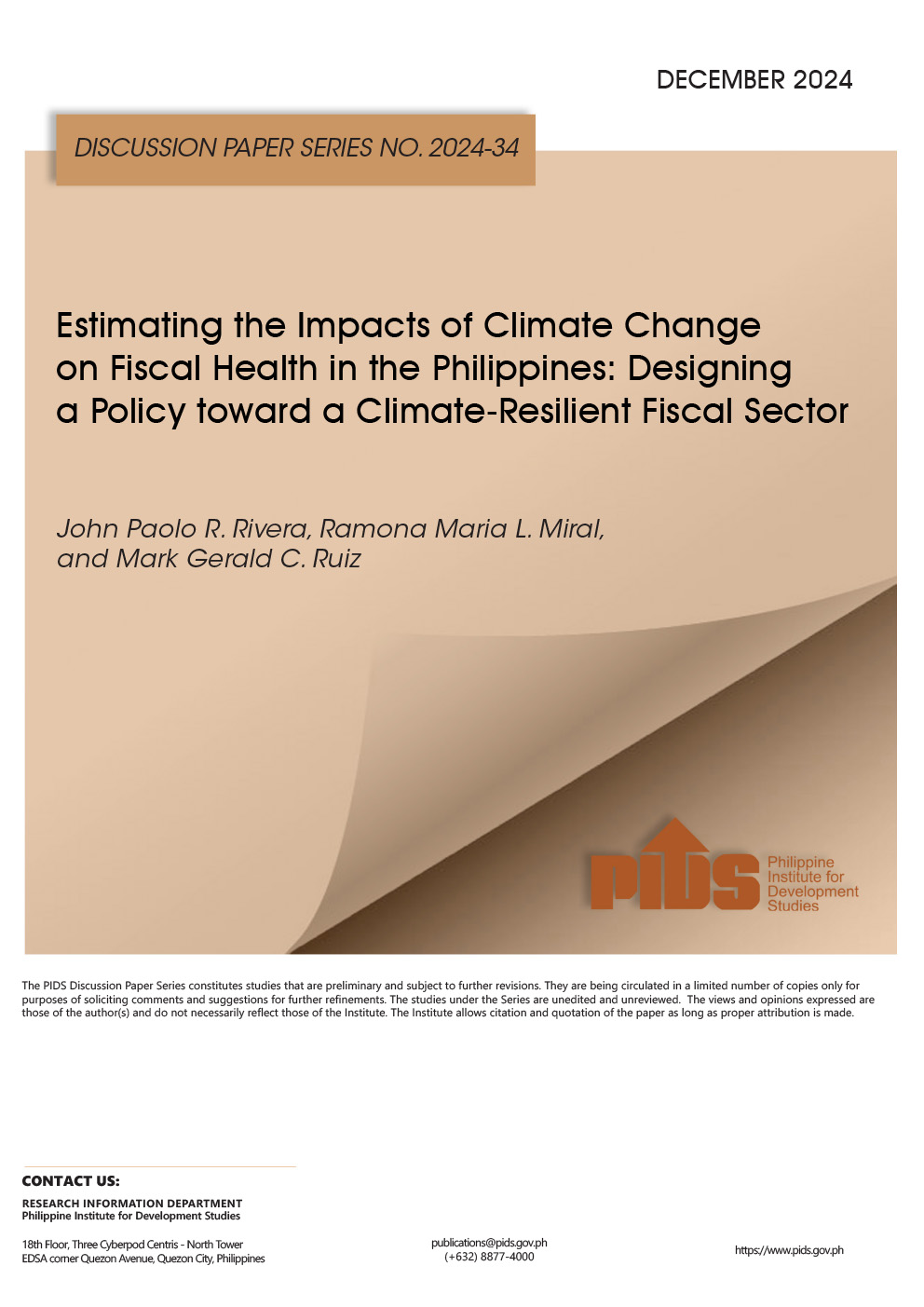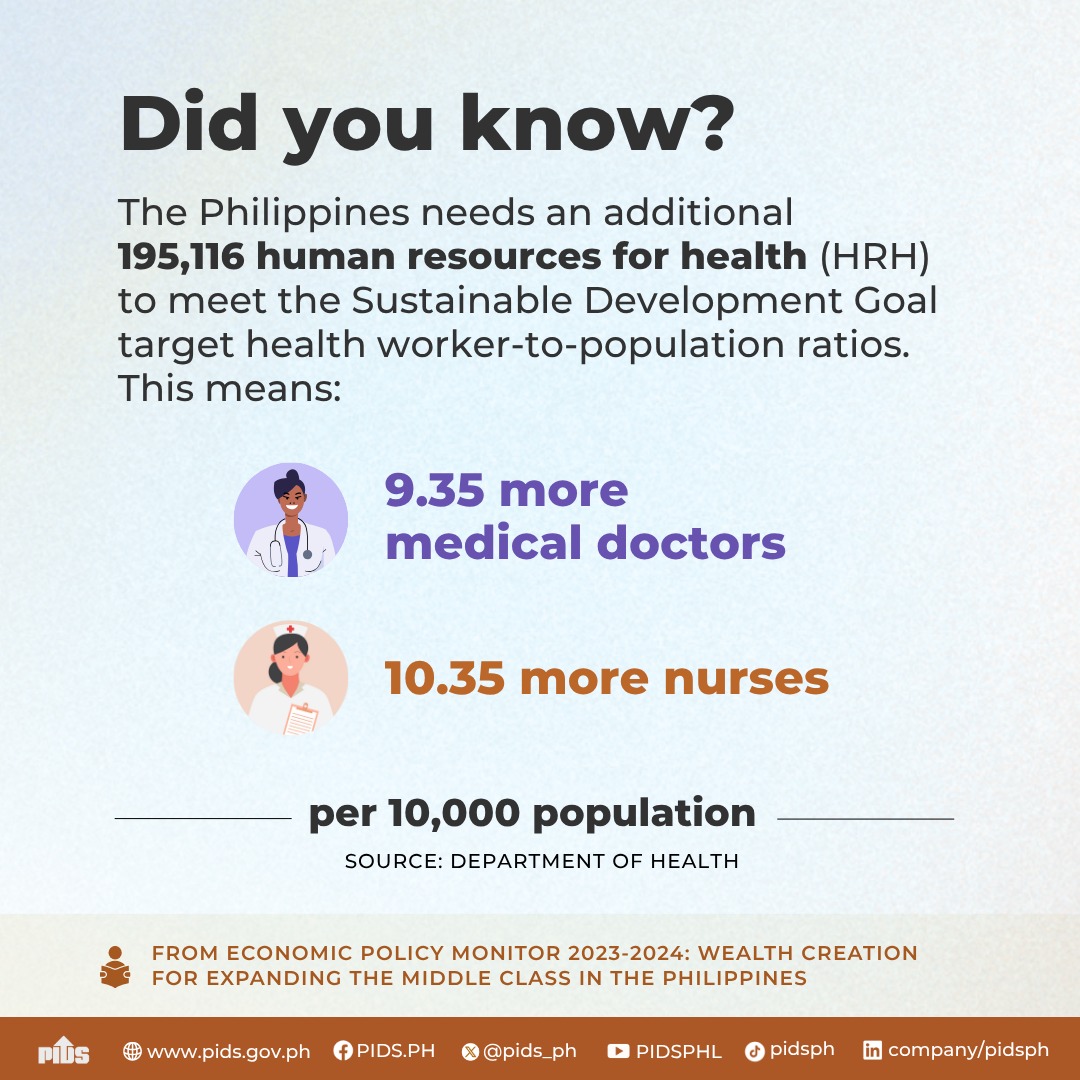MANILA, Philippines – For the first time in Philippine history, Vietnamese cars are now being sold in the country, a sign of how our once-backward, war-torn neighbor has overtaken us economically.
Vietnam’s Vingroup launched its VinFast electric vehicles (EVs) in the Philippines on May 31 at the SM Mall of Asia, complete with authentic Vietnamese coffee for the guests. It has opened three dealerships in the capital region — in ASEANA, Parañaque City; EDSA, Mandaluyong City; and in Alabang, Muntinlupa City.
VinFast, one of 100 companies on TIME Magazine‘s Most Influential Companies in 2024, touts itself as a “global smart EV company that accelerates the EV evolution.”
“The grand opening of VinFast’s first three dealerships in the Philippines marks a significant milestone in our journey to conquer the potential electric vehicle market here,” said Nguyen Thi Minh Ngoc, CEO of VinFast Philippines.
But that’s not all. Perhaps for the first time, too, a car is being sold in the Philippines via live selling, now a popular way of selling goods in the country via e-commerce. VinFast has held three live selling sessions for its eye-catching VF 3 model, with the fourth scheduled on Monday, November 25. Its first-ever live selling was held on October 28, which got over 450 comments, mostly inquiries about available colors and charging time, among others.
“This is wild. Car live selling,” said netizen Jayvee Fernandez. “Selling cars like cellphones.”
“Soo cuuutee,” said Celle Repato of the yellow VF 3 model that was used for the live selling. “Adorable,” said another netizen, with others asking for the other colors available.
It’s this kind of marketing campaign that has made VinFast the best-selling automotive brand in Vietnam after selling over 51,000 EVs this year. Its VF 3 model sold fast via a pre-order campaign considered by marketing analysts to be the “most successful” in Vietnam’s history.
VF 3 can be customized, with nine colors to choose from: summer yellow, rose pink, crimson red, aquatic azure, iris berry, electric blue, urban mint, zenith grey, and infinity blanc.
VinFast VF 3 sells for P645,000. It’s not the cheapest car of its size in the whole market of small cars (including internal combustion engines or ICE cars) in the Philippines — Toyota’s Wigo and Suzuki’s Dzire, for instance, retail for P609,000 — but the chance of getting a car that’s exempted from coding in Metro Manila (all EV cars are exempted under existing rules) is a definite edge.
Another eye candy similar to VinFast’s VF 3 is Bestune Philippines’ Pony. It claims to be the most affordable mini-EV in the market with a retail price of P588,000. Bestune is a subsidiary brand of China’s First Automotive Works.
Sales boost
Low prices, number-coding exemption, eye-catching colors, and more charging stations are now making green cars more attractive to car buyers in the Philippines — and there are clear signs of a behavioral shift.
Total Philippine electrified vehicle sales in the third quarter of 2024 reached 14,178, a 133% increase from the 6,088 in the third quarter of 2023, according to data from the latest earnings report of industry leader Toyota Motors Philippines (TMP) released last week.
In 2019 or five years ago, only 214 EV cars were sold in the country. It went up to 378 units in 2020, 843 units in 2021, and 3,091 units in 2022, according to the Department of Energy’s (DOE) Comprehensive Roadmap for the Electric Vehicle Industry or CREVI.
The roadmap sets a 50% EV fleet share in the Philippines by 2040. In the short term (2023 to 2028), the target is to have 2.45 million electric vehicles (cars, tricycles, motorcycles, buses, and public utility vehicles) by 2028. For cars, the targets are 415,000 Hybrid Electric Vehicles (HEVs), 69,000 Plug-in Hybrid Electric Vehicles (PHEVs), and 69,000 Battery Electric Vehicles (BEVs).
“Electrified vehicles continue to gain further traction supported by TMP’s wide and diverse model offerings and implementation of EO [Executive Order No.] 62,” said Toyota Motors Philippines’ parent, Ty family-led GT Capital Holdings Corporation, on November 14.
EO 62, which took effect last July, expanded import duty exemption (zero tariffs) to all three types of electrified vehicles — BEVs, PHEVs, and HEVs — until 2028.
Toyota Motors Philippines dominates the electrified vehicle car market in the Philippines with a market share of over 72% in the third quarter of 2024. Toyota’s HEV sales grew 186% year-on-year, while luxury sister brand Lexus’ electrified vehicle sales grew 69%.
Toyota Motors Philippines sold 8,441 HEVs in the third quarter of 2024 compared to 2,944 units in the same period in 2023. Among its HEVs are the Camry, Corolla Altis, Corolla, Cross, Rav4, Yaris Cross, Alphard, and Zenix. It launched its best-selling Toyota Prius in the Philippines in 2009 or 15 years ago.
Toyota’s HEV combines internal combustion engines with its “electronically controlled brake system” or ECB. When brakes are applied, kinetic energy recharges the electric motor’s battery. This hybrid system eliminates the need for plugging in.
Charging stations
When asked whether the Philippines’ electrified vehicle market has finally taken off, Energy Undersecretary Rowena Guevara said in a public forum on Wednesday, November 20: “The answer is yes. Because if you compare the sales of EV from last year to this year, I think it either doubled or tripled. So, it was slow, but it’s getting there.”
She said the tax perks granted to EV cars have contributed to the nascent growth of the industry.
It’s not just VinFast that’s seeing the opportunity to make money in the Philippines — so is American tycoon Elon Musk. His electric vehicle company Tesla opened its first showroom in the Philippines two weeks ago, with its Model 3 and Model Y retailing at P2.109 million and P2.369 million, respectively.
Although the electrified vehicle industry in the Philippines is still very much in its infancy, the entry of low-cost electrified vehicles, mainly from China and Vietnam, could lead to a boom in the coming years.
Carla Buencamino, head of mobility infra of ACMobility, said on Friday, November 22, that while the Philippines’ EV industry is still in its nascent stages, it is growing. ACMobility has partnered with BYD, the global leader in EV, in selling BYD EVs in the Philippines.
She told ABS-CBN News Channel’s Market Edge that ACMobility is committed to setting up more charging stations in the country, which is crucial to getting consumers to adopt EVs.
PLUG. More EV charging stations, such as this one in Estancia Mall, Pasig City, will help convince more car buyers to shift to EVs. Photo by Isagani de Castro Jr./Rappler
For cars, Buencamino said the DOE roadmap’s target is 7,000 charged points in 2028, from only 700 in October 2024.
“There’s a long way to go, but ACMobility is committed to building this infrastructure,” she said.
Similarly, Edmund Araga, president of the Electric Vehicle Association of the Philippine, said in October at the 12th Philippine Electric Vehicle Summit that the Philippines still has “a long way to go to achieving the industry goal of selling 2.5 million EVs and opening up to [over] 65,000 EV charging stations nationwide by 2028.”
He has welcomed, however, the high interest of Filipinos in shifting to EVs. A market research in 2018 by Frost and Sullivan showed 46% of Filipino consumers are open to buying an EV as their next vehicle, the highest among six countries in the ASEAN region.
Image from Philippine Institute for Development Studies Discussion Paper Series No. 2021, ‘Clean Energy Technology in the Philippines: Case of the Electric Vehicle Industry,’ by Maureen Ane Rosellon, April 2021.
All this is good news to the country given that the Philippines’ transportation sector is the country’s largest source of air pollution and energy-related greenhouse gas emissions.
The DOE, in its roadmap, citing Department of Environment and Natural Resources data, says 74% of air pollutants nationwide come from transport sources such as cars, motorcycles, trucks, and buses. In Metro Manila, transport sources account for 83% of nitrogen oxides, which are harmful to the respiratory tract, and 37% of inhalable particulate matter pollutants.












